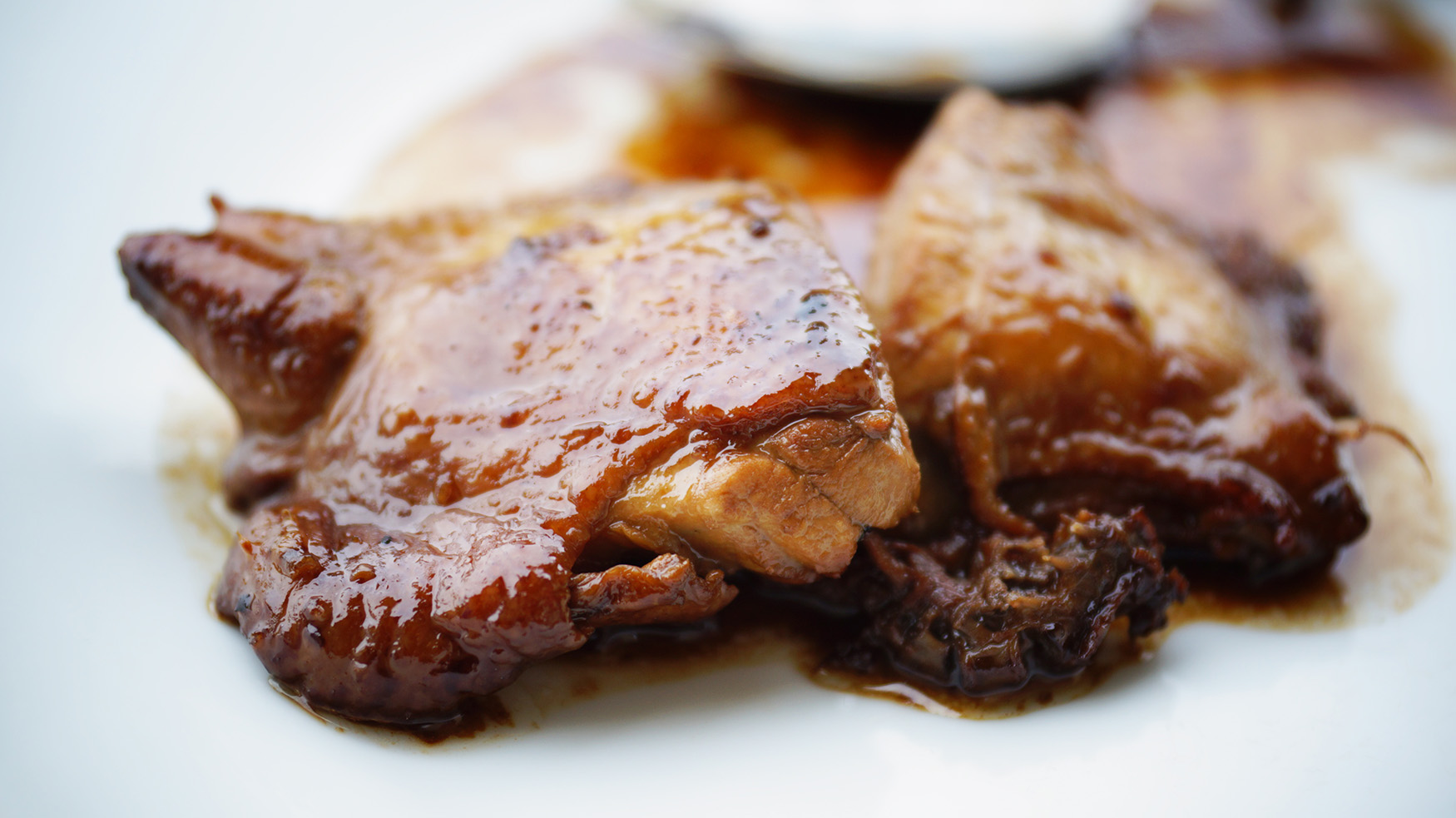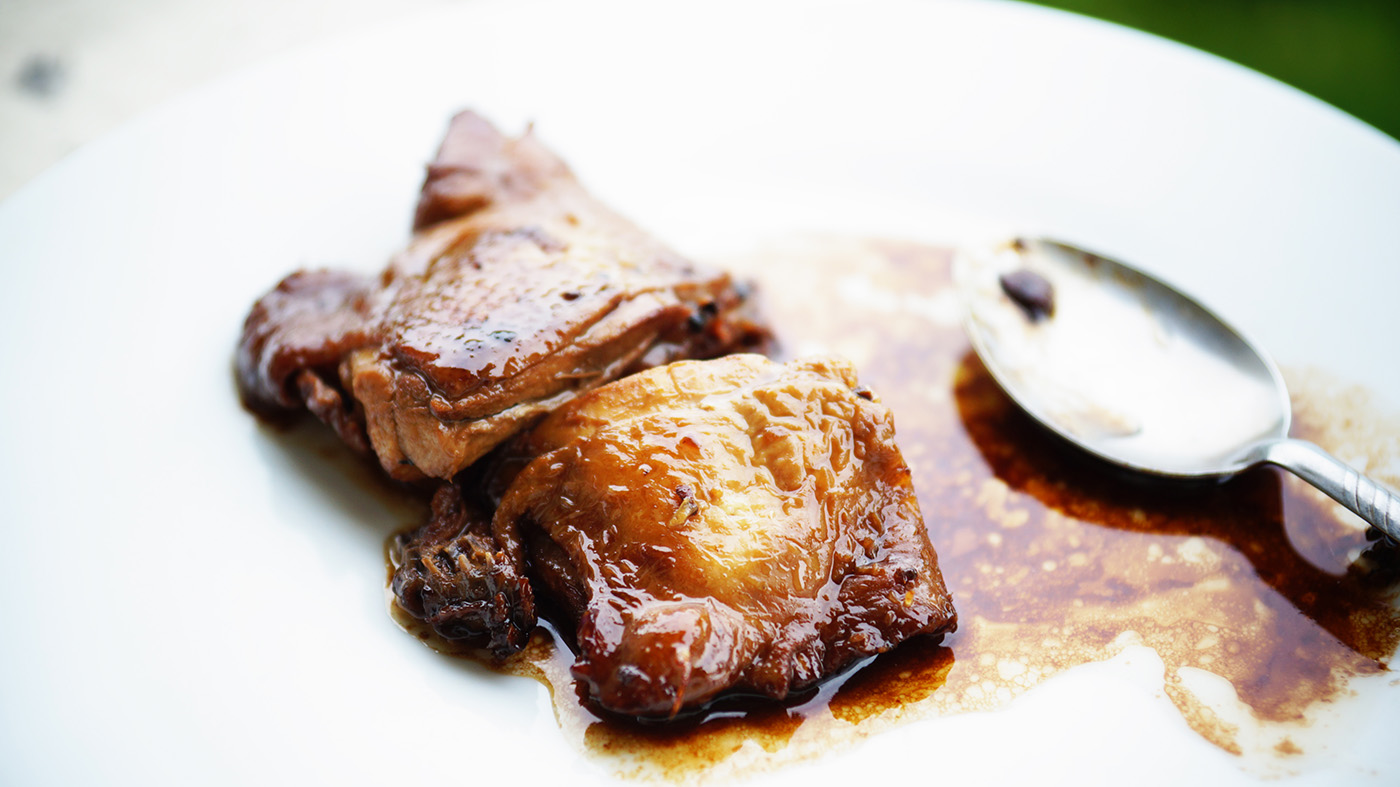April 15, 2023
It has been a weekend ritual for me to either eat at one of the best Kapampangan restaurants in the area or prepare a dish from scratch that satisfies my craving for homestyle cooking. I consider myself to be an excellent cook in the kitchen because it has always been a family tradition for everyone to join in and learn how to prepare the day’s meals.
This past weekend, I went to a nearby wet market to find the ingredients to make adobo, a staple of Filipino cuisine that never fails to satisfy. I wanted to add a little flair to this otherwise standard dish. It was more of a test of skill.
I prefer using thighs and legs while making adobo. In the Guagua wet market, I always know where to find a reliable source of clean and fresh chicken. You’ll need a little plastic pack of laurel leaves, a pamintang buu (black pepper), 2 cups of vinegar (we use the aslam sasa), a toyo (soy sauce), and gloves of garlic to make adobo for a kilo of chicken. I find that the native garlic has a more robust flavor than the imported varieties from Taiwan. The garlics imported from Taiwan have no flavor, and it’s tricky to tell if they were grown using chemical fertilizers or genetically modified organisms. Our traditional adobo recipe calls for nothing but the native bawang, the garlic grown and picked right here in the Philippines.
The first step in preparing the chicken is to boil it. The chicken is trimmed out of any excess fat and flab before being thrown into a pot of boiling water. I cut it open and remove the organs that were linked to the breast. Another trained chef instructed me in this method, explaining that chickens can catch colds, and that it is unwise to consume the chicken’s lungs because the virus may still be there. Sanitizing the meat and removing any harmful components is all that’s required. After all, we’re going to have swallow this down. Therefore, hygiene is a question of fact.
Aluminum pots make me sick from the crud that gets chipped off when using a ladle, therefore I never use them. Some medical studies even suggested that it may contribute to the development of cancer or Alzheimer’s disease.
For as long as I can remember, my Apu (grandfather) has been preaching the gospel of judging a Kapampangan woman by the quality of her cooking and the company she keeps. His favorite expression was, “Batingan me ing asawa mu nung e biasing maglutu!” This could be interpreted as sexist or patriarchal.
-Tatang Castor
In two cups of water, one cup of vinegar, and one cup of soy sauce, I boil the chicken on a low flame, using a pot. Suldut mu, as the Kapampangan phrase goes. But first, I make sure that the ingredients are evenly distributed by arranging the pieces of chicken. Black pepper and garlic were both pounded with no outer layer removal. Everything was prepared at the same time. I love to see the mess of the garlic to my adobo!
When liquid ingredients begin to evaporate, you’ll know the chicken is starting to tenderize. Then, we’ll fry them one by one in a pan. This final step boosts the savory flavor of the chicken adobo. Once I’ve fried them and given them the roasted chicken appearance of soy sauce, I return them to the pot in which they are boiled and placed over a high flame for about 2 minutes, or until I hear the crackling of every ingredient. If you combine this with oil and mix it into the rice, you’ll get toasted particles that impart a rich, charred flavor.
For as long as I can remember, my Apu (grandfather) has been preaching the gospel of judging a Kapampangan woman by the quality of her cooking and the company she keeps. His favorite expression was, “Batingan me ing asawa mu nung e biasing maglutu!” This could be interpreted as sexist or patriarchal. That a Kapampangan guy will have the same knowledge as the cook and be able to tell if the meal was done properly. In fact, I recall my Apung Bibang cooking in our kitchen and being “interrogated” by my Apung Castor, who insisted on his own method of preparing the “harobu” (a dish similar to an adobo but sautéed with tomatoes with no soy sauce), despite my Apung Bibang’s furious denials. It was like a competition of the best of the best. In any case, this only goes to show how much of a passion we Kapampangans have for cooking and how skilled we are in the kitchen. (end)


